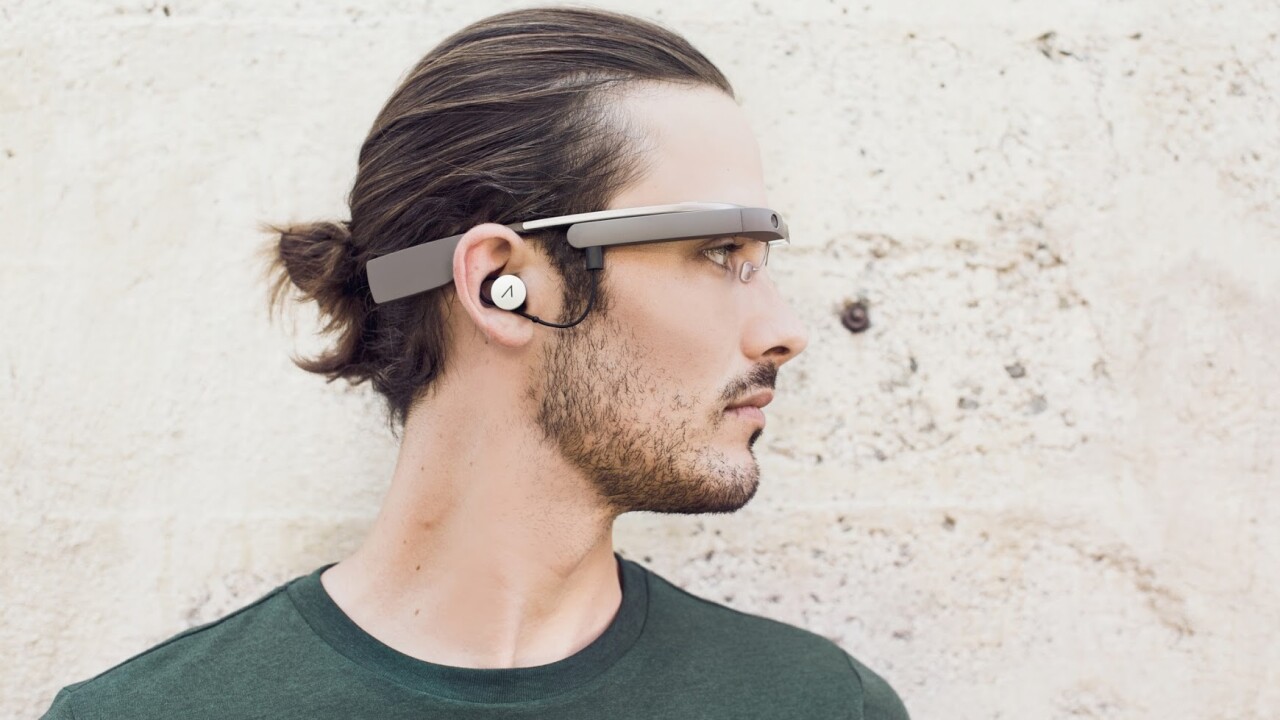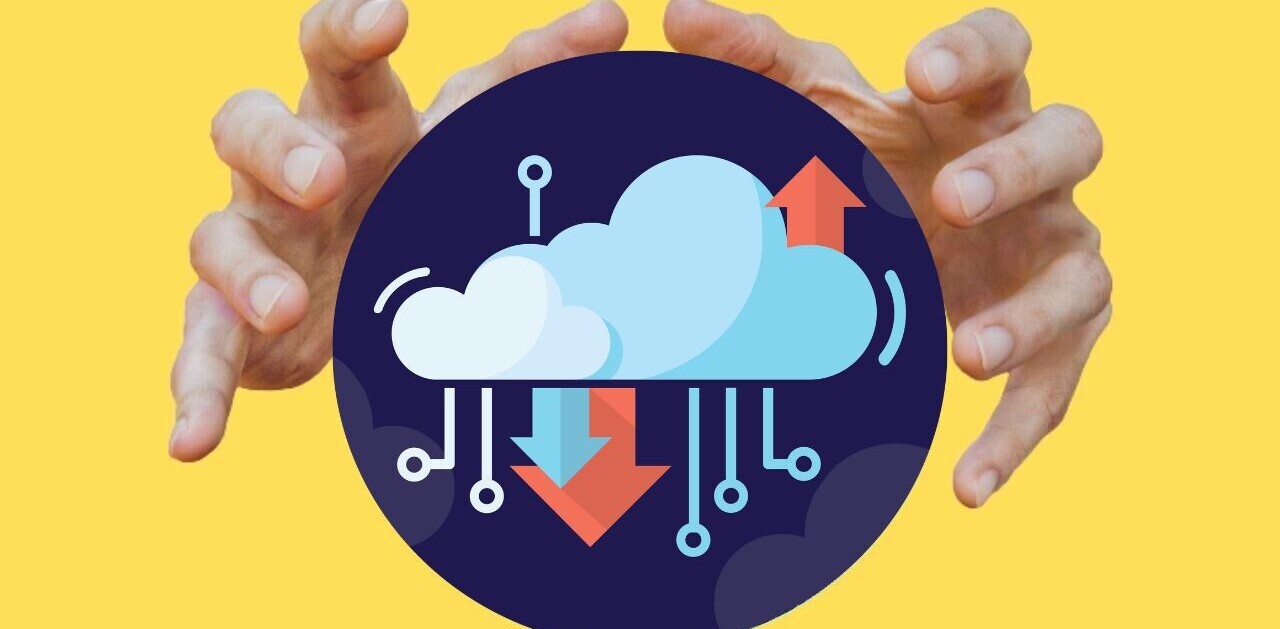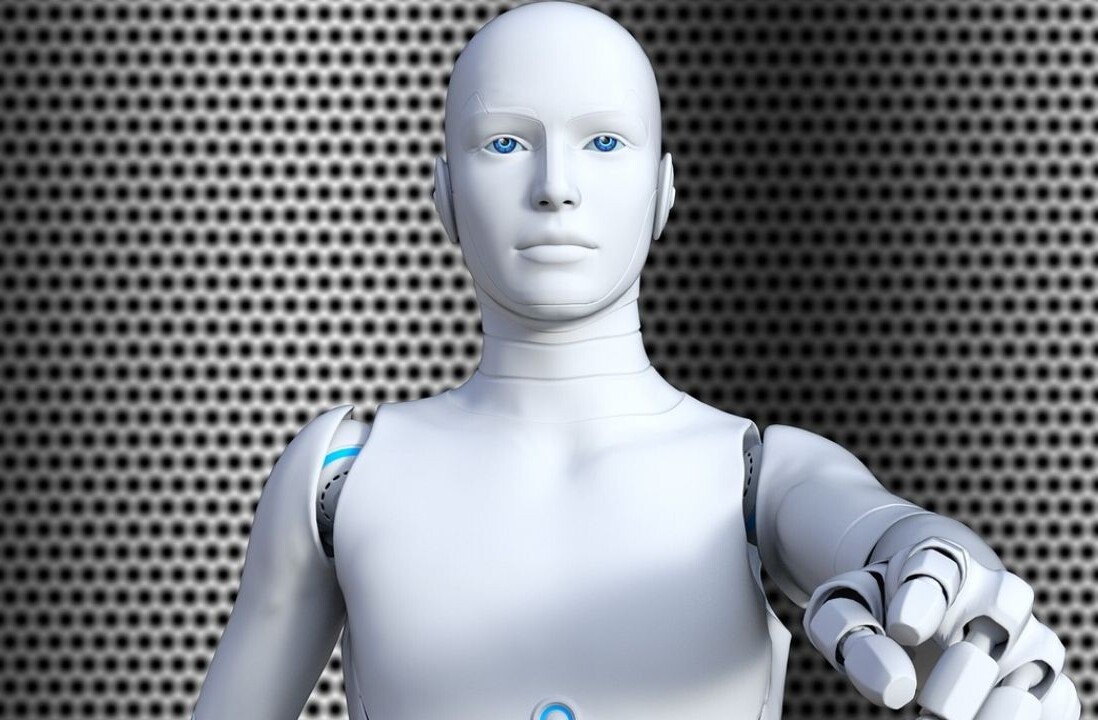
Nick Scholz is a Global Product Marketing Manager for Novell, currently covering the GroupWise, Vibe, and Open Enterprise Server product lines.
When Google quietly stopped selling Google Glass back in January, this came as no shock to the world. Word to the wise: if your company ever has to release a guide on how not to creep people out when using your wearable product, there might be a fundamental flaw in the device.
Yet in the midst of this discontinuation, it’s been well-reported that Google Glass 2 is currently in development, and that they are targeting the enterprise through the Glass At Work program that launched last July. But Google has always been, first and foremost, a consumer company. Businesses need to be concerned about whether Google has the experience to build and support an enterprise product.
Google still has a lot to prove with Glass for the workplace, but if it can improve Google Glass 2 from an enterprise perspective, research suggests that businesses are ready to embrace wearable opportunities.
A recent Forrester survey found that out of 3,000 global technology decision-makers, 68 percent of executives consider wearables a “priority” for their companies, a stat that shows a world of promise for the future of wearables for business use. With obstacles and rising expectations stacked in front of them, how can Google Glass succeed?
If Glass 2 is going to find success where the original Glass failed, it needs to improve security and add features that enhance business productivity and collaboration. Here are some necessary features Google must incorporate in order to successfully target the enterprise and prove that it’s worth the hefty price tag:
Better Battery Life
While Google touted that Glass would last for one day of typical use, many who sampled the device found that it would run out of juice after a mere four to six hours, even less if video was involved. To bring this wearable into the office, the device would need to be equipped to last the entire work day, with the ability to host video conferencing and other “battery draining” capabilities.
Added Security Enhancements
Beyond the basic concern that Google Glass can discreetly capture all this sensitive data just by the act of “seeing,” it lacked password or PIN protection. Events that were recorded on Glass were automatically stored in a user’s Google+ account. Glass 2 must offer solutions to these security risks.
Sell Devices Pre-Loaded with Google Drive
One of the current pain points in the business world is enterprise file sharing and storage services. Many companies are cracking down on employee use of unauthorized, consumer cloud apps such as Dropbox and starting to consider enterprise options to secure sensitive corporate files.
If Google wants Glass to be an enterprise device, it needs to come equipped with a native app for storing and sharing corporate data. Right now, Google Drive has the necessary functionality from a desktop, but Google will need to enhance its security features and make it seamless to access and use from Glass.
Business users want their connected devices to enable business productivity anytime, anywhere – file access is a critical enterprise function that can’t be overlooked.
Include Enhanced Dictation Software
Dictation software needs to progress to a state where employees feel an irrefutable amount of confidence that what they’re saying is being captured accurately. Whether transcribing notes from a meeting, dictating an email to a prospect or making a list of requests for a client order, Google Glass needs to provide hands-free communication in order to enable true multitasking.
It must go beyond “Okay, Google” commands that launch apps or take photos, and instead focus on document/email creation and editing capabilities.
Enhanced Email Interface
Glass offered basic email capabilities, which was adequate for the consumer market it was targeting. However, email remains the most prized form of business communication, something Google was well aware of when it launched Inbox for Work. This service looks into untapped opportunities for workplace collaboration enabled through intuitive email services.
Google Glass 2 would need to work with IT, which is responsible for implementing the product in the organization, to ensure that email does not rein outside the regulatory control of the organization. It also needs to go beyond basic email functions to enable a more intuitive, personalized inbox.
Voice and SMS Capabilities
Google Glass was anchored to smartphones through Bluetooth, allowing users to handle phone calls and receive email notifications and SMS messages, but not send. This is due to iOS7 (and older versions) not allowing third party apps to retrieve SMS details or do background location requests.
Providing limited versions of SMS support that only let users read incoming text messages is not enough – there must be the ability to reply or send outbound messages for both iOS and Android users. Tied to this prerequisite, there is a need to become less reliant on the MyGlass app for Android phones, making it an independent device.
Better UX Design
It should come as no surprise, but while employers are probably more concerned about having less zeros on the price tag, employees are worried with how they’ll look with this device on their face and if it will provide a valuable user experience. The next rev of Glass must have a deep understanding of its future users and become just as virtually unrecognizable as a coworker’s real prescription bifocals.
Cognizance of the emerging “smart device” ecosystem
Where Google Glass 1 failed, other wearables have begun to succeed, and with the upcoming release of the much-touted Apple Watch (as well as other reasonably successful smart watches like the Pebble, Moto360, Samsung Gear and others), Google Glass 2 needs to be cognizant of the world it’s going to be facing.
Takeaway
If Google wants it to succeed, they must to offer integrated functionality that is complementary to the other devices and wearables that the average business professional will be using a year from now. If all it manages to do is duplicate the functions of other, simpler devices, then it will once again find itself before a wary, befuddled market – or worse, it may be seen as the answer to a question no one asked.
Regardless of whether IT considers wearables a benefit or a challenge to your organization, Google Glass 2 has the potential to push them to the forefront and redefine workplace productivity, changing the way we collaborate and conduct business.
It is impossible to know the boundaries that these new technologies hold and what new standards of confidentiality and employee safety will soon be implemented. But if Google Glass 2 is able to address the missing features that redefine the productive worker, perhaps Google can lead the charge in targeting the enterprise with wearable tech.
Read Next: When people become data platforms, it changes how we tell stories
Get the TNW newsletter
Get the most important tech news in your inbox each week.









